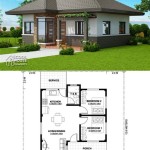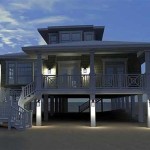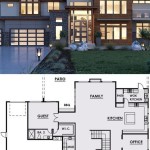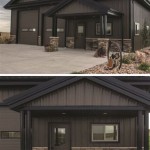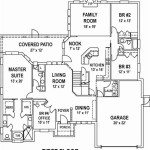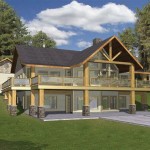The environment is more important than ever and as such, many are looking for ways to reduce their carbon footprint. One of the best ways to do this is to build a home that is as energy efficient as possible. Energy efficient house plans offer a variety of advantages, including lower energy bills and increased comfort in the home. Here, we will discuss how to create energy efficient house plans and what features you should consider when doing so.
Factors to Consider
When designing an energy-efficient house, there are several factors that should be considered. First, it is important to consider the climate in which the house will be located. Different climates require different approaches when it comes to energy efficiency. For example, a house in a warm climate may require more insulation and air conditioning, while a house in a cold climate may need more efficient heating systems. Additionally, the size and shape of the home should be considered when designing an energy-efficient plan.
Other factors to consider include the orientation of the house. The orientation of the house can affect the amount of natural light that enters the home, as well as the amount of heat that is retained. Additionally, the type of materials used for construction should be taken into account. For example, using materials with high insulation values can help to reduce energy bills.
Energy Efficient Features
There are many features that can be included in energy-efficient house plans. These include:
- High-efficiency windows and doors that help to keep the heat out in the summer and in during the winter.
- Insulation in the walls and ceilings to help retain heat during the winter and keep it out in the summer.
- Energy-efficient lighting, such as LED or CFL bulbs.
- Solar panels to generate electricity.
- Passive solar heating systems to reduce energy bills.
The Benefits of Energy Efficient House Plans
There are many benefits to building an energy-efficient home. These include:
- Reduced energy bills due to increased efficiency.
- Improved air quality due to reduced emissions.
- Increased comfort and improved indoor air quality.
- Reduced environmental impact due to the use of renewable energy sources.
- Increased home value due to the energy-efficiency of the home.
Building an energy-efficient home is a great way to reduce your carbon footprint and save money on energy bills. With the right plan and materials, you can create an energy-efficient home that is both comfortable and environmentally friendly.















Related Posts


